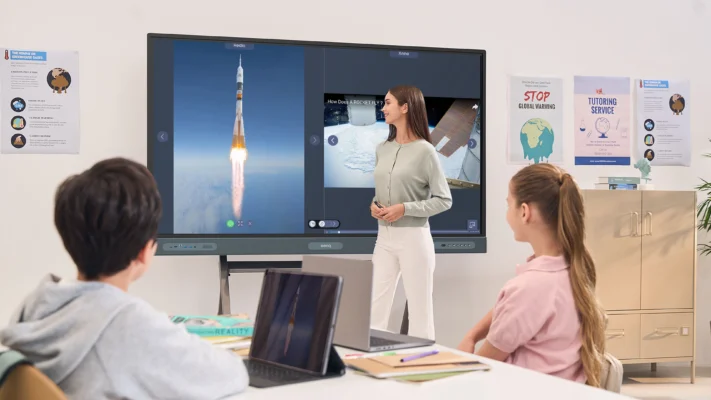
I. Introduction to Smartboard Technology

In a world where technology continuously reshapes how we interact, learn, and grow, the educational sector isn’t left behind. This technology, a significant leap from the traditional blackboard, has emerged as a beacon of interactive learning. But what exactly is a smartboard? It’s an interactive, digital whiteboard that can capture the imagination of learners and instructors alike, making education a truly collaborative experience. This journey through the role of smartboard technology in modern education begins with a peek into its definition and history, setting the stage for a deeper exploration of its impact.
II. The Integration of Smartboards in Modern Education
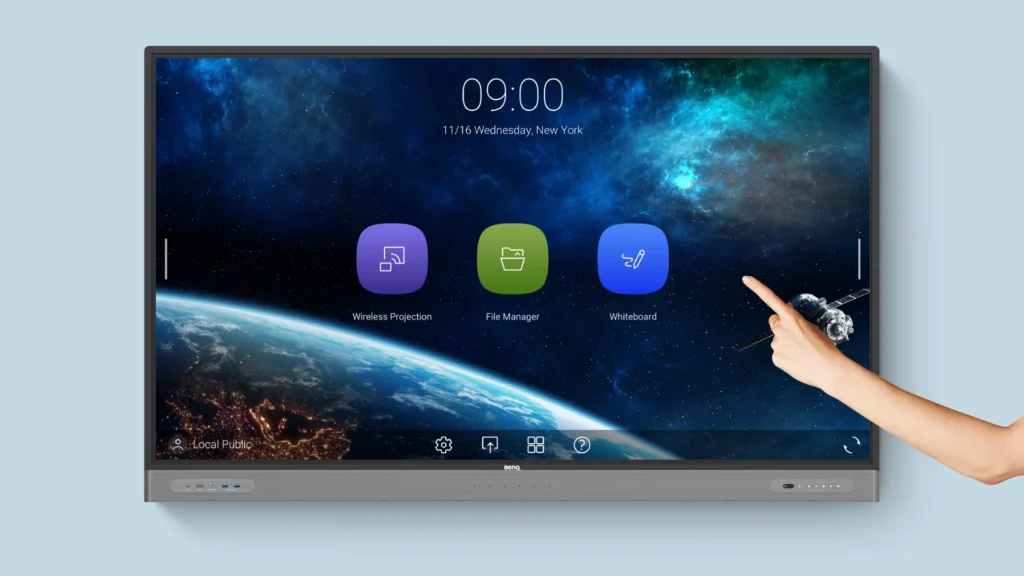
Education today isn’t just about retaining information; it’s about engaging with content on a level that fosters deep understanding and curiosity. Smartboards lend themselves perfectly to this paradigm, transforming classrooms into arenas of active learning and participation. Through touch-screen capabilities and multimedia integration, subjects are no longer confined to textbooks but come alive, accessible in various formats—videos, slideshows, and interactive games—that cater to a diverse range of learning needs.
III. Advantages of Smartboard Technology
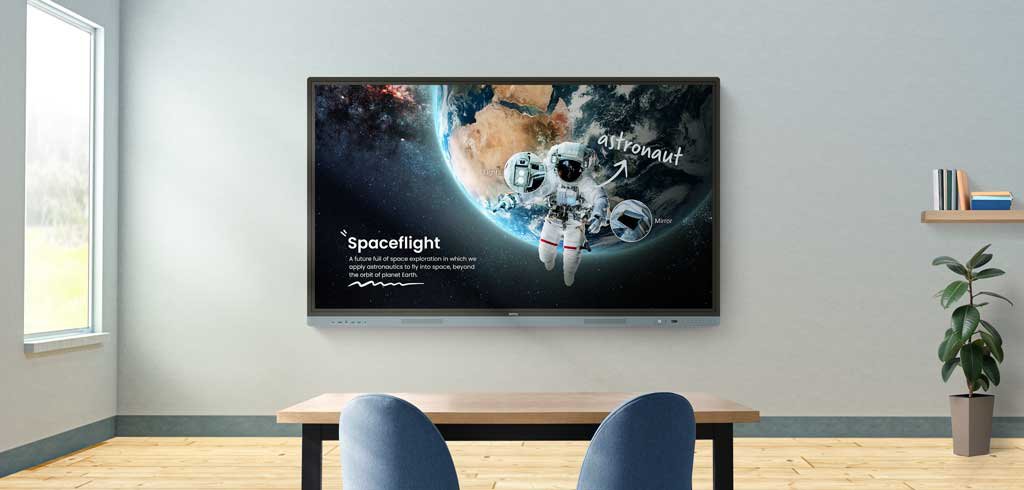
Enhanced Student Engagement
Gone are the days of passive learning where students’ primary role was to listen and take notes. These Boards encourage a hands-on approach, making every lesson an interactive experience that captures students’ attention and keeps them engaged.
Facilitation of Different Learning Styles
One size doesn’t fit all in education. These boards address this by accommodating various learning styles—visual, auditory, and kinesthetic—through multimedia content that can be easily adapted to suit individual preferences.
Improved Teacher Efficiency
Preparation time for teachers can significantly decrease with these boards. With digital resources at their fingertips, educators can easily compile and present diverse educational content, making lessons more dynamic and informative.
IV. Smartboards and Interactive Learning
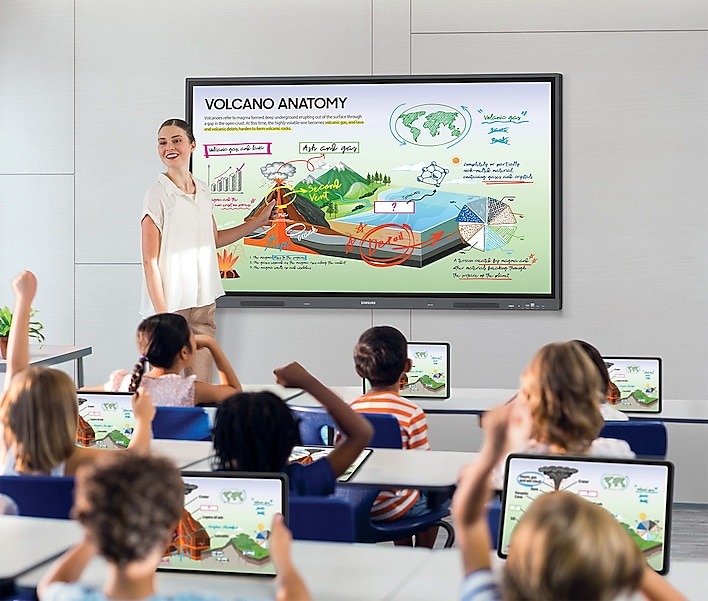
Interactive learning is at the heart of smartboard technology. For instance, in a geography lesson, students can explore the world with a touch, dragging and zooming into continents, countries, and oceans. Similarly, in a mathematics class, problems can be solved in real-time, with students actively participating in the process. This level of interaction proves invaluable in special education as well, where personalized, engaging content can significantly enhance learning outcomes.
V. The Global Impact of Smartboard Technology
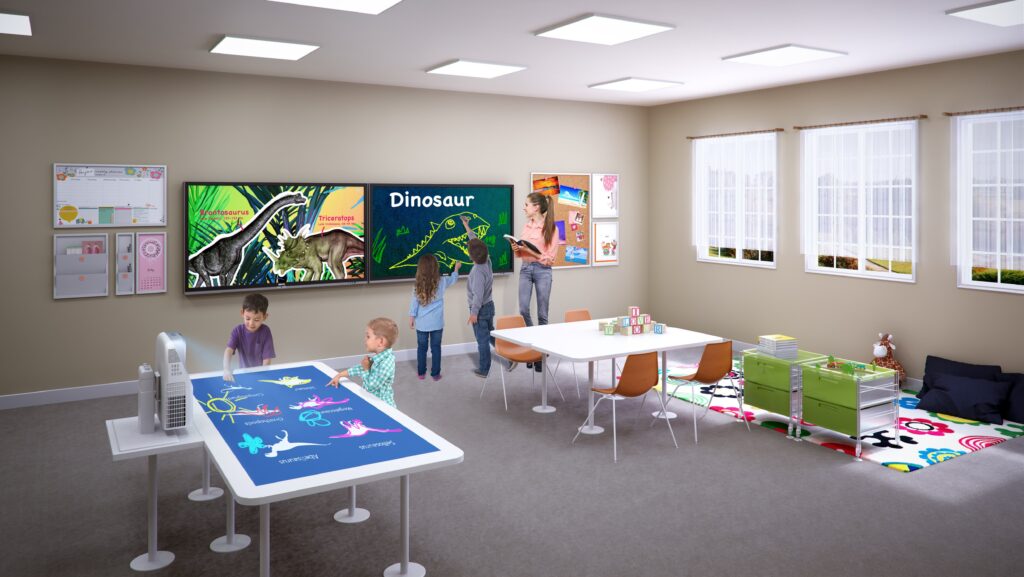
Adopting this board technology isn’t merely a trend; it’s a worldwide movement towards enhancing education. From rural schools in developing nations to prestigious institutions in global cities, the impact is palpable. Increased student attendance, higher engagement rates, and improved academic performance are just some of the benefits reported in various case studies.
VI. Challenges and Limitations
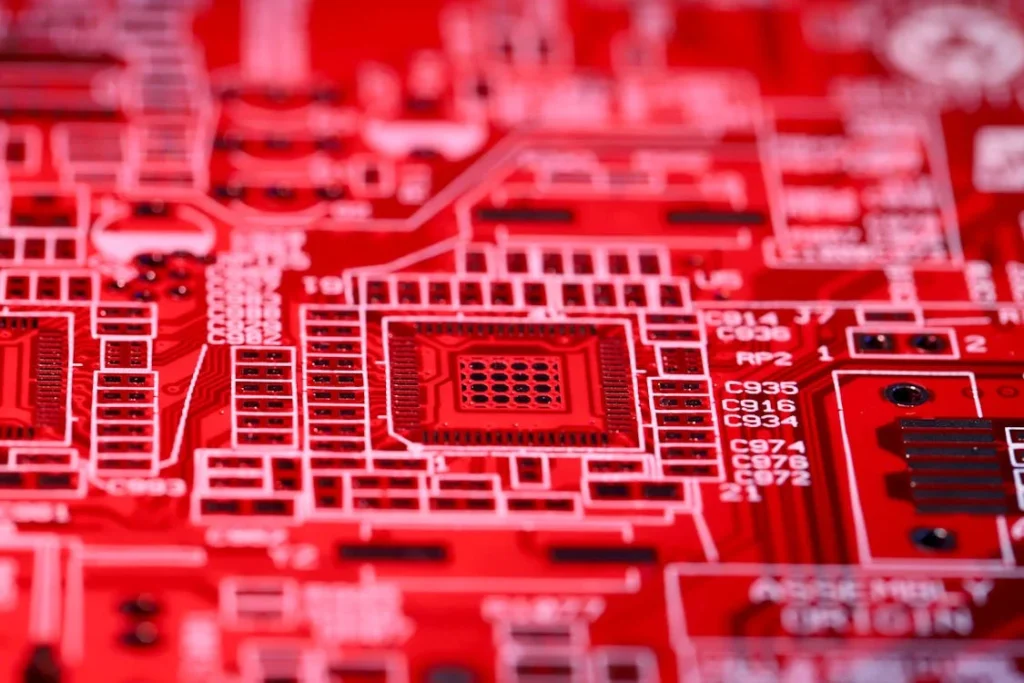
Despite its benefits, this board technology isn’t without challenges. Technical glitches can disrupt lessons, and the initial investment in this technology may be steep for some institutions. Moreover, teacher proficiency with interactive boards varies, emphasizing the need for comprehensive training programs to ensure effective use.
VII. The Future of interactive board Technology in Education
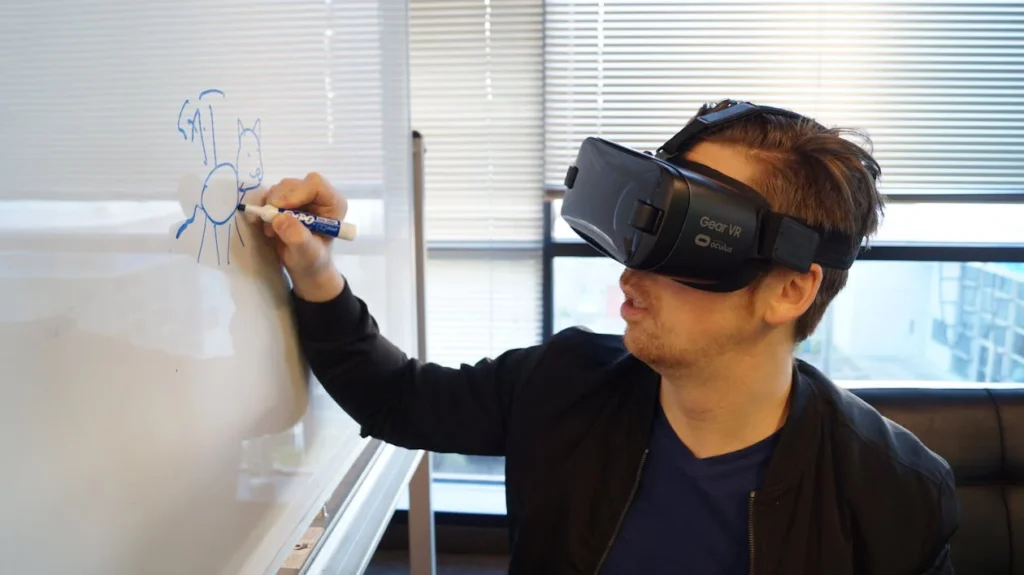
As we look to the future, the evolution of smartboard technology promises even more immersive educational experiences. Augmented reality (AR) and virtual reality (VR) integration could soon transport students to historical sites or inside a human cell, making learning an adventure that transcends the physical boundaries of a classroom.
VIII. Conclusion
Interactive board technology has undeniably transformed the educational landscape, making learning a more engaging, interactive, and efficient process. As technological advances continue, the potential for further enhancing education and fostering a love for lifelong learning seems limitless.
IX. FAQs
- What makes smartboards different from traditional blackboards? Smart boards are interactive, digital boards that can display multimedia content, respond to touch, and connect to the internet, unlike traditional blackboards.
- Can smart boards cater to students with special needs?Yes, the adaptability of smartboard technology allows for tailored learning experiences, making it an excellent tool for students with special needs.
- Is training required to use smartboards effectively in a classroom setting?While smartboards are user-friendly, effective utilization in an educational context may require specific training for teachers to maximize their potential.
- How do smartboards facilitate different learning styles?Smartboards support visual, auditory, and kinesthetic learning through interactive and multimedia content, making education accessible to every student.
- What is the future of smartboard technology in education?The future of smartboard technology looks promising, with potential enhancements like AR and VR integration promising to make learning an even more immersive experience.